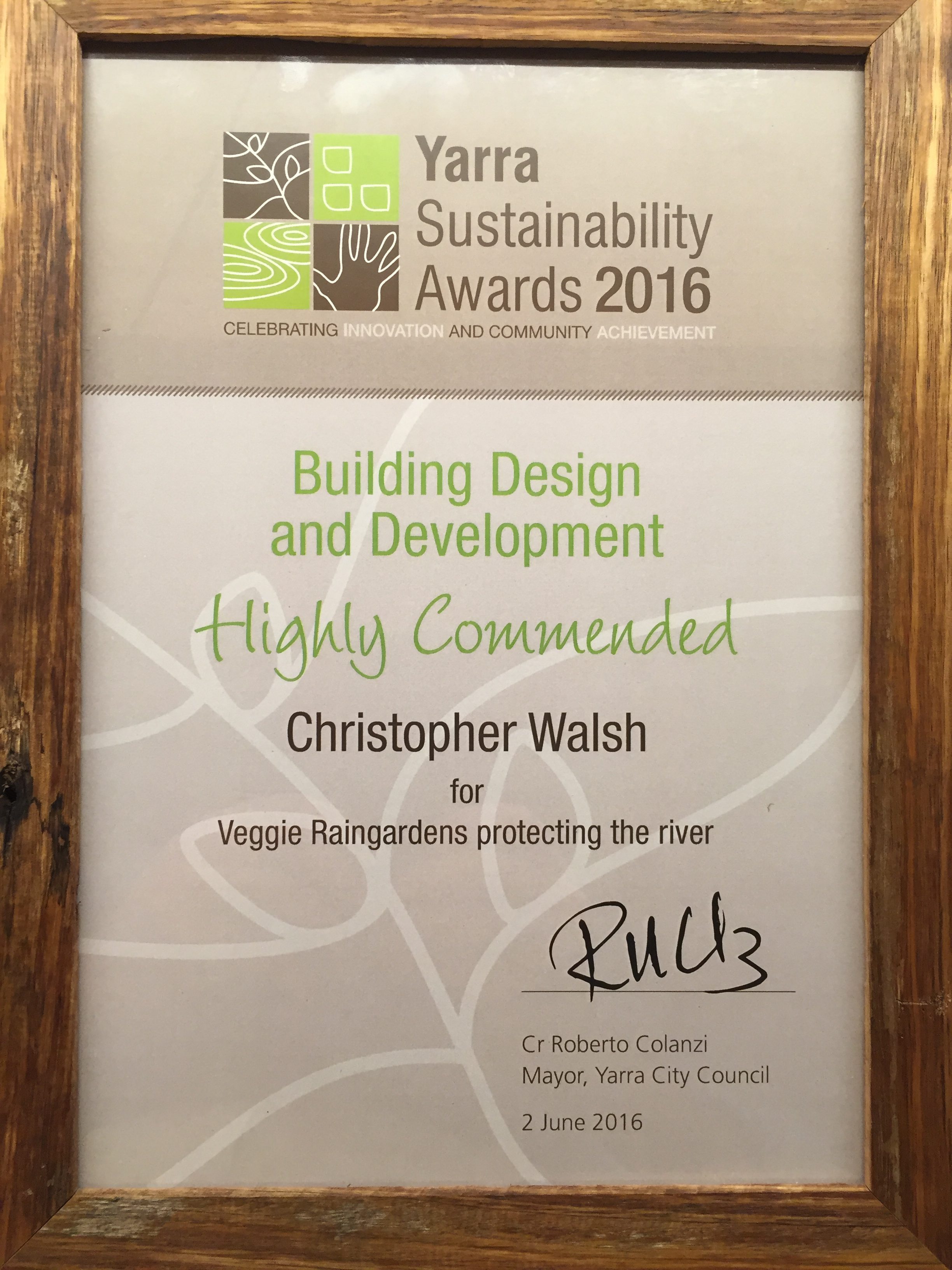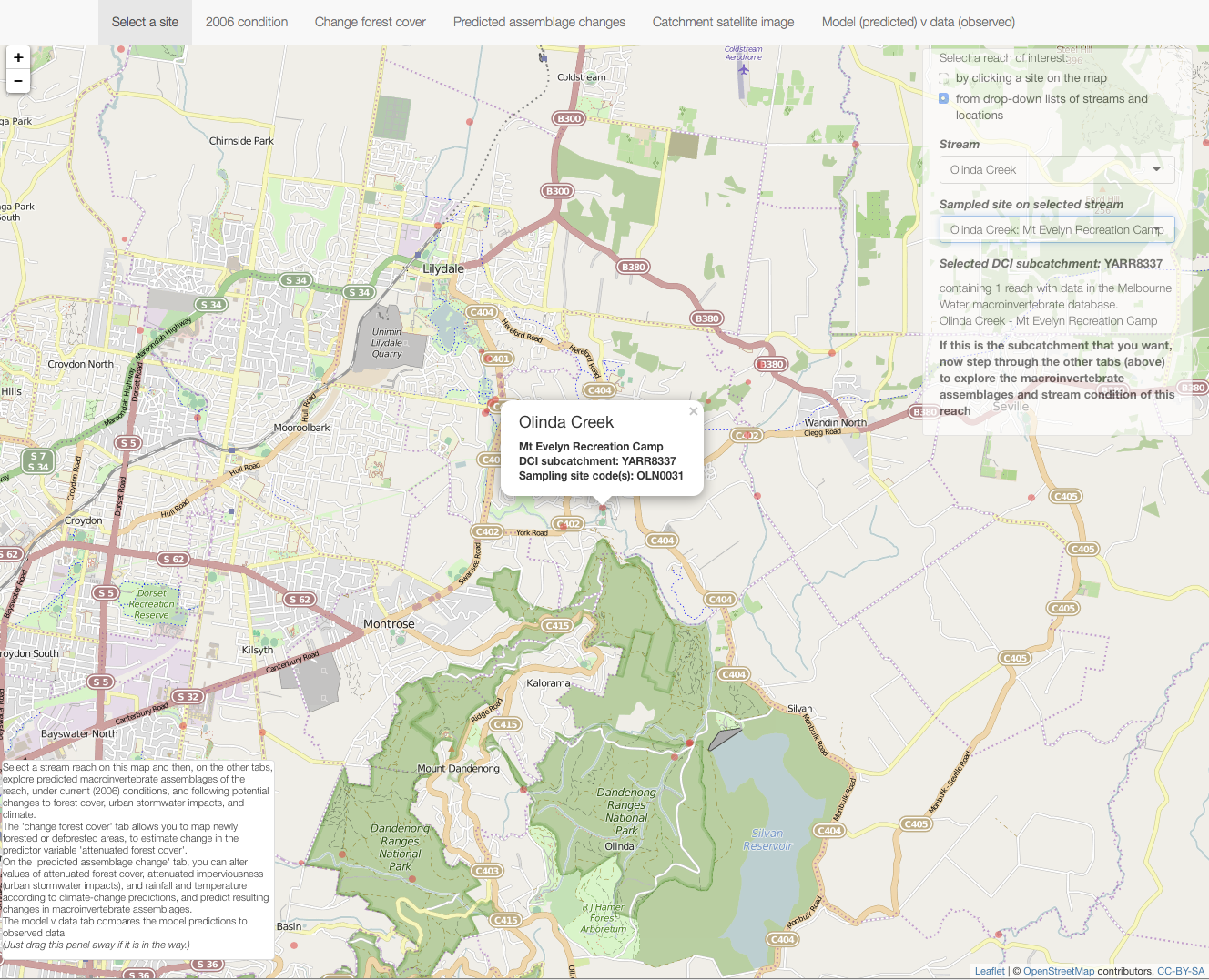No flooding here…
At the risk of sounding like a cracked record, I note that once again, summer urban flooding makes the newspaper, when not a drop of runoff has left our property during or after this afternoon’s intense downpour. Our tank is now a bit over half-full, and the two raingardens remain close…






